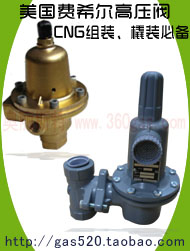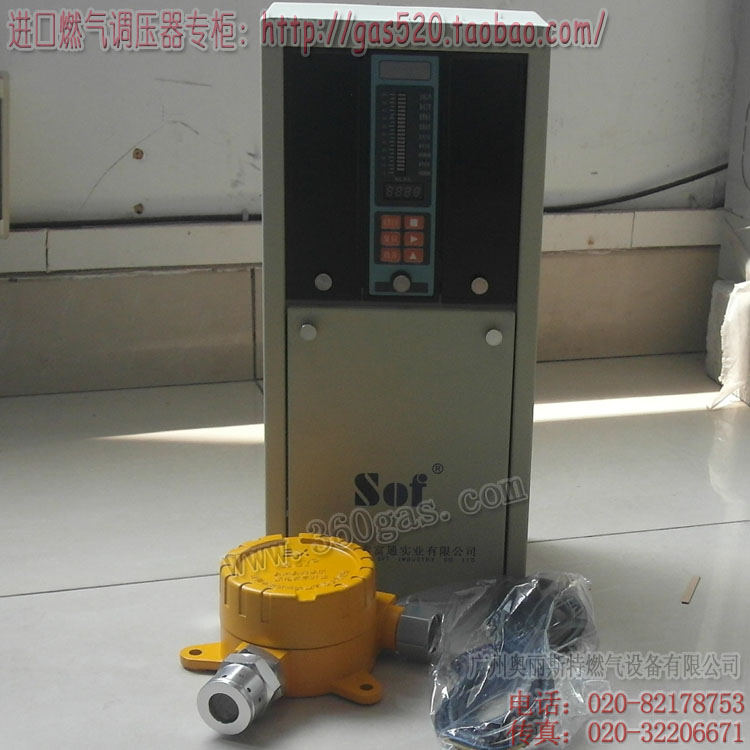位置:首页 > 燃气资讯 > IMO选择DNV评估在北美的LNG船
IMO选择DNV评估在北美的LNG船舶燃料实现/IMO Selects DNV to Assess LNG Marine Fuel Implementation in North America
浏览次数 933 , 日期 2013-06-21 , 燃气设备 加入收藏
IMO(国际海事组织)已经选择了DNV,收集知识LNG动力国际航运北美排放控制区(ECA)的潜力,并确定LNG作为燃料来源在该地区成功实施的必要条件。
在北美,天然气是一种广泛使用的燃料,而LNG加油基础设施的不断增长,特别是道路运输LNG作为海洋燃料的需求和供给两方面仍然有限,可用性,部分等待对方举行了由后勤问题。
“我们在发展液化天然气作为替代燃料的短途海运,船舶制造商,设计师和码重点LNG技术预见的重大市场机遇。DNV参与船舶安全,市场机制和运行规律已经证明,运行时可保持船舶LNG液化天然气供应,储存,发动机和排放问题的研究和创新。但有许多变数和风险进行评估和管理第一,我们希望这项研究将有助于这一点,说:“托尼张志贤,DNV的技术和在美国的业务总监。
要提供可操作的情报和洞察力,作为可行性研究的一部分加以解决的一些议题:
- 在北美非洲经委会国际航运服务的主要趋势
- 船舶类型和路线
- 当前和计划中的液化天然气基础设施
- 测绘监管制度
- 环境效益
- 评估的技术准备
- 主要推动者
该报告将被交付给国际海事组织在10月,被用来作为决策支持删除报告中确定的一些障碍。
The IMO (International Maritime Organization) has chosen DNV to gather knowledge about the potential of LNG powered international shipping in the North American Emission Control Area (ECA) and identify the necessary conditions for the successful implementation of LNG as a fuel source in the region.
Natural gas is a widely available fuel across North America, and while LNG refueling infrastructure is growing, particularly for road transportation, availability of LNG as a marine fuel is still limited as the demand and supply side are waiting for each other, partly held up by logistical problems.
“In developing LNG as an alternative fuel for short sea shipping, we foresee significant market opportunities for manufacturers, ship designers, and yards with focus on LNG technology. DNV’s involvement in research and innovation in LNG supply, storage, engines and emission issues has demonstrated that ship safety, market mechanisms, and operational regularity can be maintained when operating ships on LNG. But there are many variables and risks that have to be assessed and managed first, and we hope this study will contribute to this,” says Tony Teo, DNV’s Technology and Business Director in the US.
To provide actionable intelligence and insight, a number of topics have to be addressed as part of the feasibility study:
- Key trends for international shipping services in the North American ECA
- Ship types and routes
- Current and planned LNG infrastructure
- Mapping the regulatory regime
- Environmental benefits
- Assessment of technology readiness
- Key enablers
The report will be delivered to the IMO in October, and be used as decision making support to remove some of the obstacles identified in the report.








